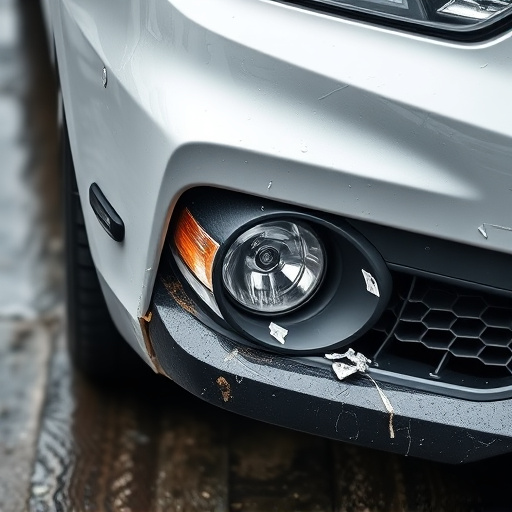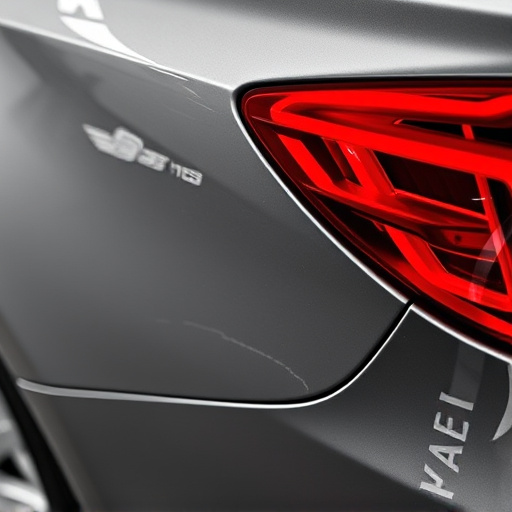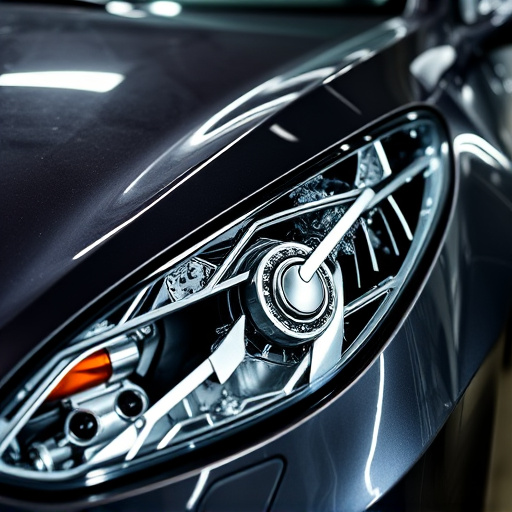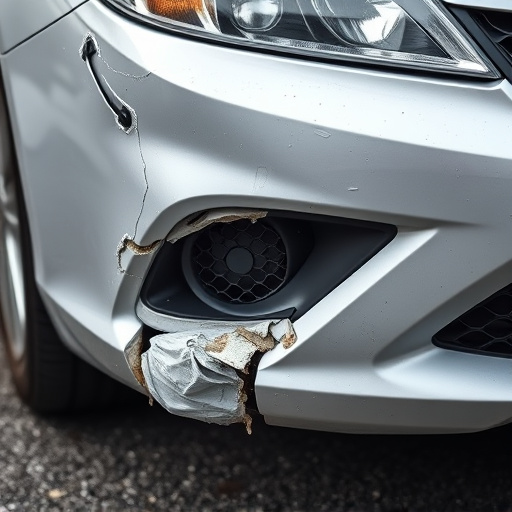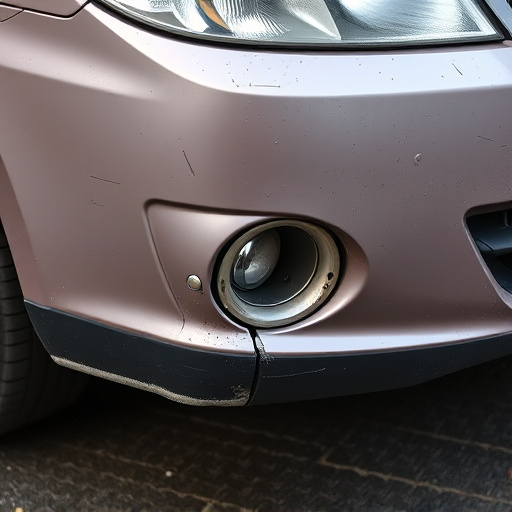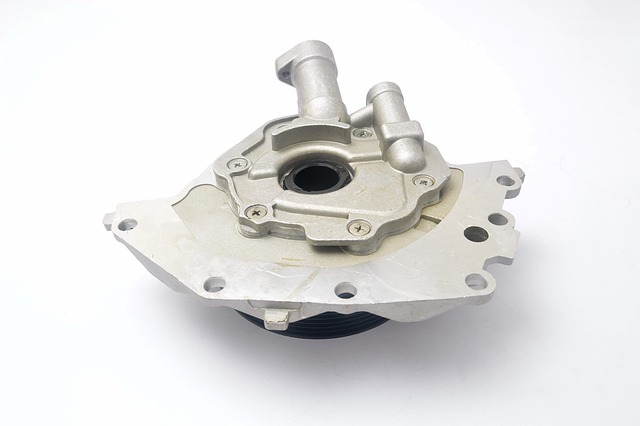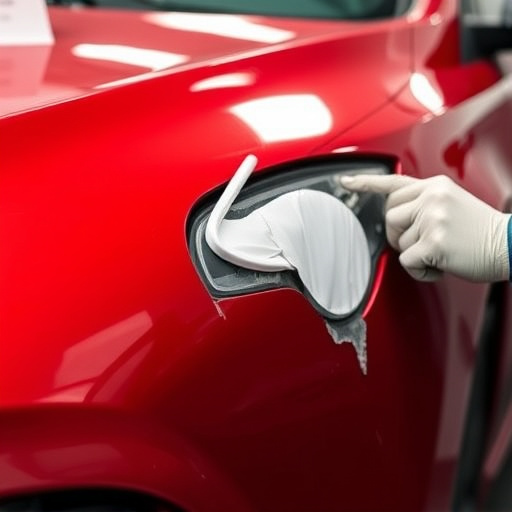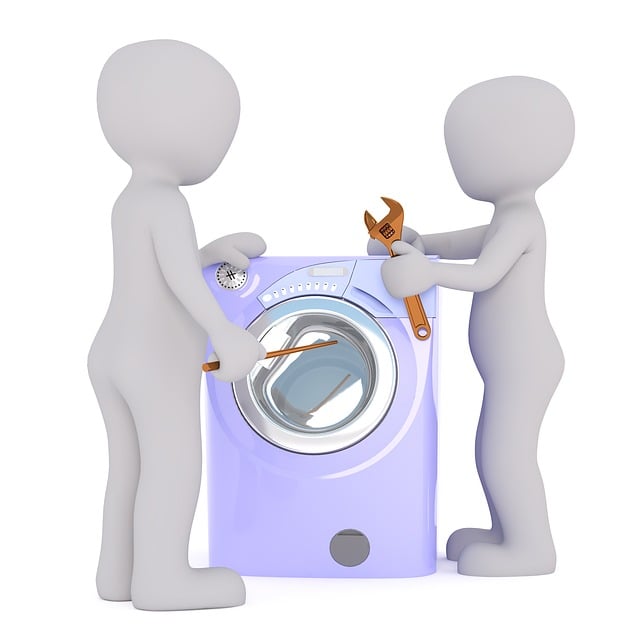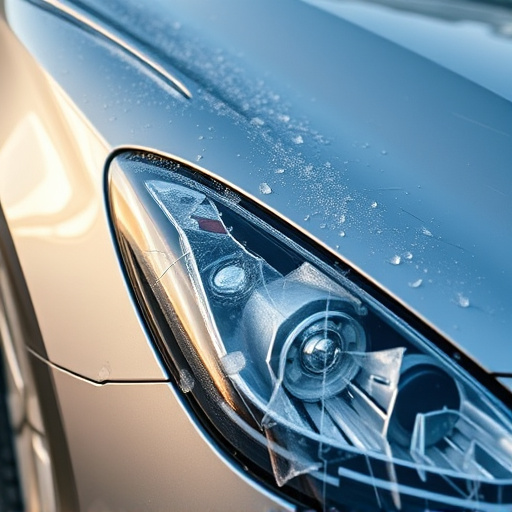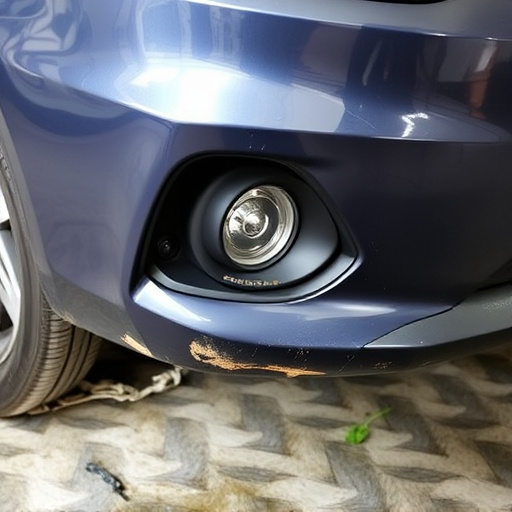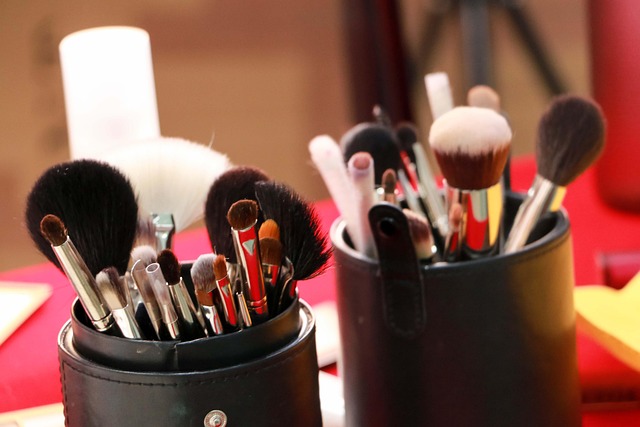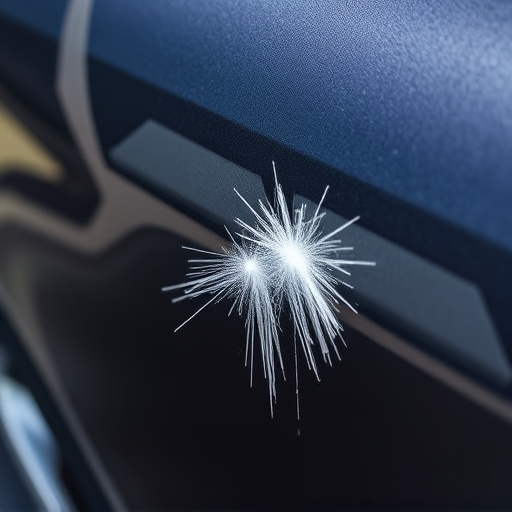In sports car body repair, a thorough visual assessment using specialized tools is step one. Planning involves material selection and deciding between DIY or professional execution for precision. Complex cases like Mercedes repairs demand expert assistance. Common issues include dent repair for aesthetic restoration, while severe damages require complex alignment and original parts. Meticulous inspection with torches, heat guns, and digital measures is crucial before any repair. Effective techniques ensure both aesthetic appeal and optimal vehicle performance.
Unleash the potential of your sports car with our advanced guide to body repair. Whether you’re a seasoned mechanic or an enthusiastic DIYer, mastering these tips and techniques will ensure precise, lasting results. From assessing damage and creating a comprehensive repair plan to employing specialized tools and achieving a seamless finish, this article delves into every facet of sports car body repair, empowering you to keep your ride in pristine condition. Discover the secrets to effective and aesthetic repairs for your dream sports car.
- Assessing Damage and Planning Repairs
- – Understanding different types of sports car body damage
- – Inspecting the vehicle thoroughly: tools and techniques
Assessing Damage and Planning Repairs

When it comes to sports car body repair, the initial step is a meticulous assessment of the damage. It’s crucial to inspect every curve, panel, and contour for signs of impact, cracks, or deformations. This involves not only visual inspection but also measuring and documenting the extent of the harm using relevant tools. Understanding the severity and scope of the damage is vital as it guides the subsequent planning phase.
Planning repairs in a sports car body repair process requires strategic thinking. It entails selecting the right materials—from replacement parts to specialized adhesives—based on the vehicle’s make, model, and year. A well-thought-out plan should also consider whether the repair will be performed by an auto repair shop or if it can be done as a DIY project. For complex cases, such as those involving a Mercedes Benz repair, enlisting professional help from experienced mechanics is often recommended to ensure precision and longevity in the restoration process.
– Understanding different types of sports car body damage

Sports car enthusiasts often face a unique challenge when it comes to maintaining their high-performance vehicles. Different types of body damage can occur, each requiring specific attention during the repair process. From minor scuffs and scratches to more significant impacts, understanding these damages is key to ensuring optimal vehicle restoration.
One common issue in sports cars is the presence of dents, which can be caused by road debris or accidents. Vehicle dent repair techniques are crucial for restoring the car’s aesthetic appeal and structural integrity. Additionally, auto body services may involve complex repairs for more severe damage, such as crumpled fenders or bent frames, requiring precise alignment and replacement parts to match the vehicle’s original specifications.
– Inspecting the vehicle thoroughly: tools and techniques

Before diving into any sports car body repair, a thorough inspection is crucial. This involves meticulously examining every inch of the vehicle’s exterior and interior for damages. Tools such as torches, heat guns, and digital measuring devices are essential for this process. Start by walking around the car, looking for visible cracks, dents, or misalignments. Utilize the heat gun to warm up the metal, making it easier to assess any deformities. Digital measurement tools help in accurately determining the extent of damage, especially when checking for frame straightening.
For detailed inspection, lift the car using a jack and support it with stands. This allows for a closer look at underbody components, suspension systems, and other hidden areas. Frame straightening techniques, if required, can then be applied to restore the vehicle’s structural integrity. Remember, proper tools and techniques are key to effective sports car body repair, ensuring that your ride not only looks good but also performs optimally on the road.
Mastering sports car body repair requires a keen eye for detail and a thorough understanding of various damage types. By equipping yourself with the right tools and employing meticulous inspection techniques, you’ll be well-prepared to assess and plan repairs efficiently. Remember, precise planning is key to achieving a flawless restoration, ensuring your sports car retains its sleek and performance-ready condition.
